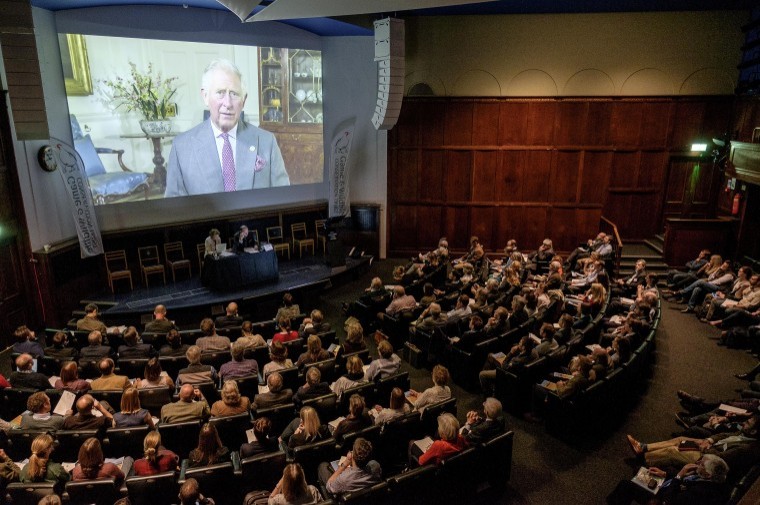On the Allenford farmers cluster – which is mostly in Hampshire – the farmers and their colleagues have surveyed a base line of species and found the results contradict the message from national records.
“For example, we are told that we have no corn buntings on land occupied by the cluster,” said Rob Shepherd, whose farm is in the cluster and who gave a keynote speech at the Game and Wildlife Conservation Trust’s farmer cluster conference held with Natural England (NE).
“There are lots of corn buntings on the NE land next door. So we have done our own count and found 127 corn buntings on farmland in the cluster.” In total, the farmers and their recorders have found 92 species on the land, a dozen or so – such as the turtle dove – of which are on the red list of endangered species.
“We do not know the whole story about these birds because no one counts them properly,” Mr Shepherd explained. “Now we can do accurate surveys to establish a base line of the species. Then we can see whether what we are doing through management will increase or decrease the numbers.” Mr Shepherd – who is the cluster’s lead farmer – accepts that farmland bird populations are declining, but he argues that most of the bird counting is done in conservation areas rather than on farms.
Farmers in the cluster meet regularly with the professionals who do the counting and are interested in the results – including NE. The farmers have chosen ten species to record and see what happens to them through management. These are grey partridge, turtle dove, corn bunting, lapwing, barn owl, adder, bumble bee, hedgehog, harvest mouse and Duke of Burgundy butterfly. “According to the national records, there are zero harvest mice on our cluster,” Mr Shepherd said. “But actually, our land is over-run with harvest mice.” All the cluster’s information is on Living Record, an online data base which can be shared.
Four years ago, the Allenford farmers cluster was the first one to be set up. It is one of three clusters around Martin Down, a national nature reserve run by NE. Mr Shepherd’s farm is 1,976 acres, and is one of 10 holdings which make are grouped together to make up the 17,290 acre cluster. He has some permanent pasture, outdoor pigs, arable crops and water meadows. Like the rest of the cluster, his farm has a mix of intensive arable with conservation areas such as grass strips round fields, beetle banks and field corners.
Some of the land from the Allenford cluster goes into Wiltshire, but all Mr Shepherd’s land is in Hampshire. Some land from the other clusters goes into Dorset. Most of the farms in the cluster were already in either entry level or higher level stewardship, the government schemes which pay farmers to protect the environment. One of the ideas behind the cluster is that rather than have patches of pollinator plots and wild bird cover on the farms – which the government schemes tend to encourage – there should be wild bird cover extending across the farms, giving species a corridor through the landscape.
“The importance of our approach is that it is bottom up so no one is being dictated to,” Mr Shepherd explained. “There is this ridiculous perception that farmers are destroying the environment, which is just silly.”
Pictured: Prince Charles speaking to the conference by video




